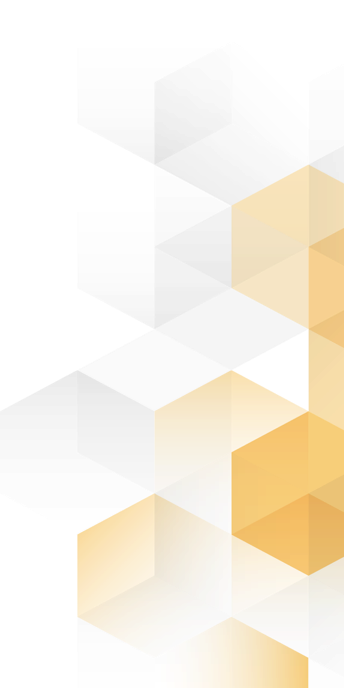By: Rob Goll
zizzl | VP Business Development
Companies are challenged by staying up to date with compliance issues because of new and constantly changing legislation. The challenges with the ACA, new ICHRA, new EBHRA and much more are a time-consuming burden.
The ACA alone is extremely complex and often changing. ACA penalties for businesses are very real. According to the Congressional Budget Office, the IRS could collect more than $200 billion from applicable large employers (ALEs) over the next ten years. Recently the House Ways & Means Committee approved The Employer Relief Act. This bill would retroactively wave the employer mandate from 2015 through 2018. How do you stay up to date?
Now introduce the new HRA options. The U.S. departments of Health and Human Services, Labor and the Treasury introduced the Excepted Benefit HRA (EBHRA) and the Individual Coverage HRA (ICHRA). The one getting a great deal of attention is the ICHRA. The issued final rule allowing employers of all sizes that do not offer a group coverage plan to fund a new kind of health reimbursement arrangement (HRA). FAQs on the new rule. These changes are being studied by attorneys, accountants, and brokerage firms to understand all the implications.
Companies must stay compliant with these constant changes. Working with a benefits consulting firm that integrates benefits technology with your HRIS and payroll solutions will help keep you compliant and get your leadership team back to the campfire.
